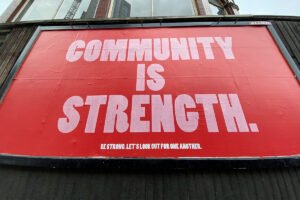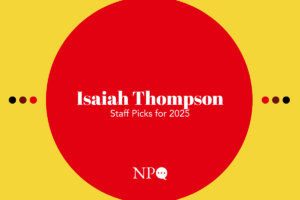{source}[[span style=”float: right; border-left: 1px solid gray; border-bottom: 1px solid gray; margin: 0pt 0pt 5px 5px; padding: 0pt 0pt 0pt 5px;width:250px;”]][[h3]]Related Articles[[/h3]][[br /]]{loadposition related}[[/span]]{/source}
July 27, 2010; Source: Building Neighborhoods | For advocates of the idea of replicating the Harlem Children’s Zone, the news is crushing. The Senate did the House one better by chopping down the Promise Neighborhoods program in the Department of Education. A House appropriations subcommittee rejected President Obama’s proposal for $210 million, reducing the program to $60 million in implementation funding.
Now a Senate appropriations subcommittee has knocked the program down further, to only $20 million for FY2011. That’s only $10 million more than the appropriation for Promise Neighborhoods planning grants that the Department is reviewing at this moment. Three hundred and thirty-nine groups have already applied for the Promise Neighborhoods planning grants [PDF].
Sign up for our free newsletters
Subscribe to NPQ's newsletters to have our top stories delivered directly to your inbox.
By signing up, you agree to our privacy policy and terms of use, and to receive messages from NPQ and our partners.
It’s hard to imagine that any randomly selected 20 out of 339 wouldn’t need more than $1 million apiece in federal money to leverage private sector commitments to make their HCZ-type programs work. Why the cuts? It may be that the nation’s rampaging budget deficits, reputedly to reach $1.4 trillion in FY2011, may be the cause, limiting Congressional ability to appropriate discretionary funds for even this, one of the Obama Administration’s three or four flagship nonprofit programs.
Perhaps making the cutting a little easier, the Brookings Institution issued a critique of the Harlem Children’s Zone’s performance, not knocking it, but taking some of the luster from a program that many considered virtually unassailable. HCZ founder, Geoffrey Canada, responded to the Brookings analysis, calling it “wrong-headed” and “compromised by several statistical misrepresentations”, but even with that response, the seeds of doubt about the Zone may have been planted.
Whatever the reason, Congress has been increasingly irascible toward nonprofit appropriations, attempting to reduce (unsuccessfully) the first year of the Social Innovation Fund, rejecting a post-stimulus new appropriation for the Strengthening Communities Fund, and now whittling down the bulk of the Promise Neighborhoods program. Regardless of where nonprofits stand on the hype and hyperbole of the Social Innovation Fund or the limitations that anyone might encounter trying to be a successful semi-replica of the Harlem Children’s Zone, or perhaps, the willingness of legislators to turn a blind eye to for-profits creating sham nonprofits to circumvent the ban on for-profit earmarks, nonprofits might discern in recent Congressional behavior some distressing notions of what nonprofits want and need—and deserve—from Capitol Hill.—Rick Cohen











